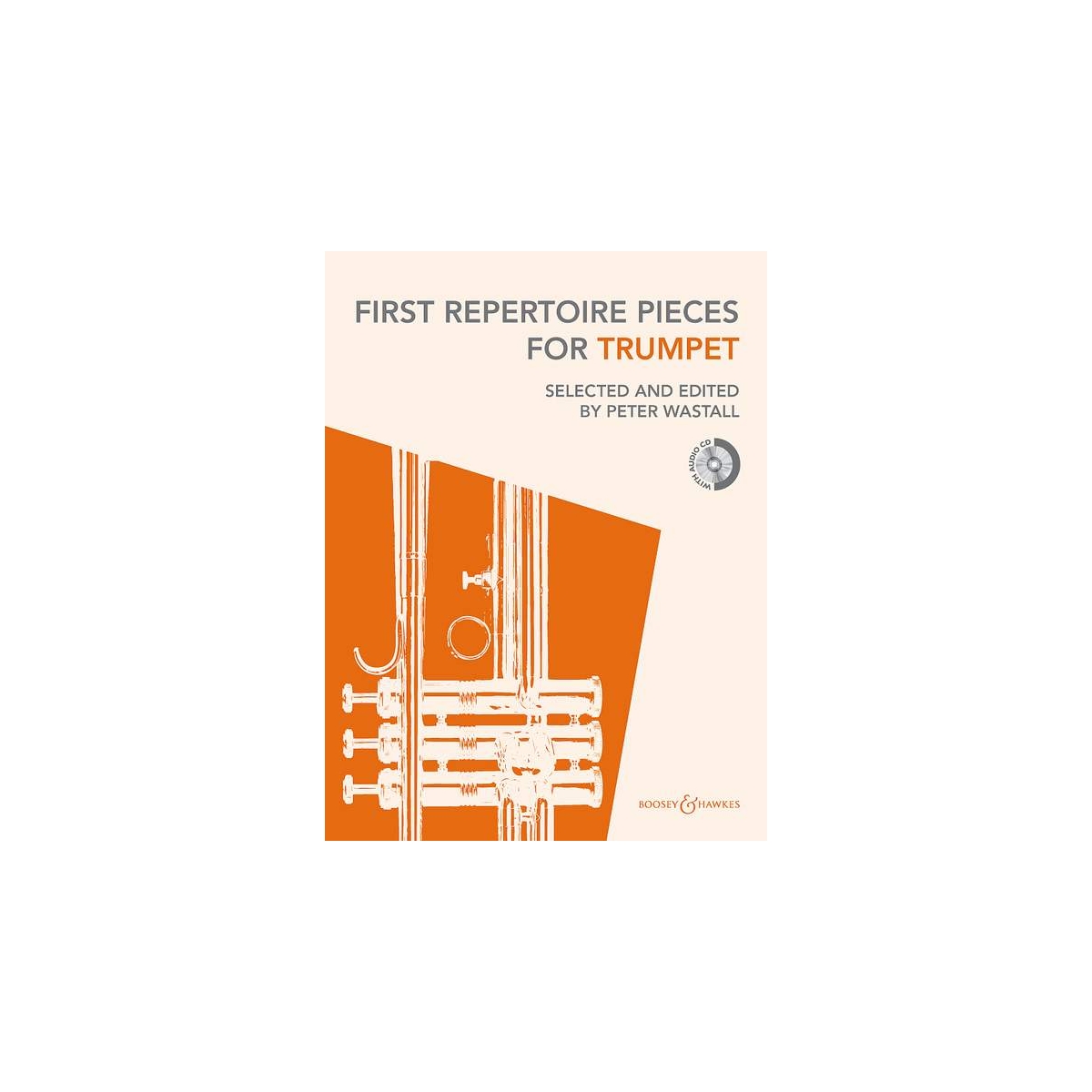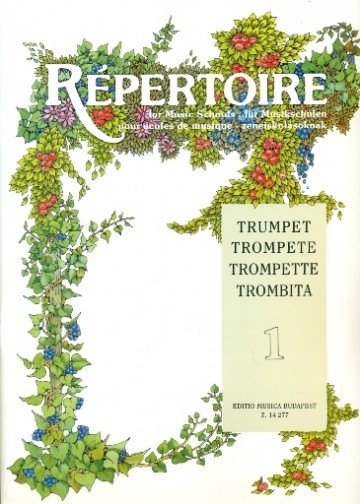

For more information about the different types of valves, see Brass instrument valves. Used singly and in combination these valves make the instrument fully chromatic, i.e., able to play all twelve pitches of classical music. When a fourth valve is present, as with some piccolo trumpets, it usually lowers the pitch a perfect fourth (5 semitones). The first valve lowers the instrument’s pitch by a whole step (2 semitones), the second valve by a half step (1 semitone), and the third valve by one-and-a-half steps (3 semitones). Modern trumpets have three (or infrequently four) piston valves, each of which increases the length of tubing when engaged, thereby lowering the pitch. The 20th century saw an explosion in the amount and variety of music written for the trumpet. As a consequence of this late development of the instrument’s chromatic ability, the repertoire for the instrument is relatively small compared to other instruments. Crooks and shanks (removable tubing of various lengths) as opposed to keys or valves were standard, notably in France, into the first part of the 20th century.

The symphonies of Mozart, Beethoven, and as late as Brahms, were still played on natural trumpets.

The attempt to give the trumpet more chromatic freedom in its range saw the development of the keyed trumpet, but this was a largely unsuccessful venture due to the poor quality of its sound.Īlthough the impetus for a tubular valve began as early as 1793, it was not until 1818 that Friedrich Bluhmel and Heinrich Stölzel made a joint patent application for the box valve as manufactured by W. Down to Beethoven and Weber, every composer – not excepting Mozart – persisted in confining it to the unworthy function of filling up, or in causing it to sound two or three commonplace rhythmical formulae. The melody-dominated homophony of the classical and romantic periods relegated the trumpet to a secondary role by most major composers owing to the limitations of the natural trumpet.Berlioz wrote in 1844:Notwithstanding the real loftiness and distinguished nature of its quality of tone, there are few instruments that have been more degraded (than the trumpet). Most successful modern players use a version of the natural trumpet dubbed the baroque trumpet fitted with one or more vent holes to aid in correcting out-of-tune notes in the harmonic series. The art was revived in the mid-20th century and natural trumpet playing is again a thriving art around the world. The development of the upper, “clarino” register by specialist trumpeters-notably Cesare Bendinelli-would lend itself well to the Baroque era, also known as the “Golden Age of the natural trumpet.” During this period, a vast body of music was written for virtuoso trumpeters.

Changing keys required the player to change crooks of the instrument. The natural trumpets of this era consisted of a single coiled tube without valves and therefore could only produce the notes of a single overtone series. Improvements to instrument design and metal making in the late Middle Ages and Renaissance led to an increased usefulness of the trumpet as a musical instrument. The trumpet players were often among the most heavily guarded members of a troop, as they were relied upon to relay instructions to other sections of the army. In medieval times, trumpet playing was a guarded craft, its instruction occurring only within highly selective guilds. Reproduction baroque trumpet by Michael Laird


 0 kommentar(er)
0 kommentar(er)
